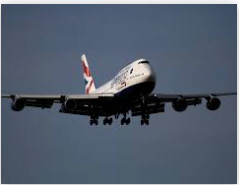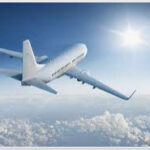When you go on holiday abroad, it’s generally via an aeroplane. These technological wonders of the modern age were only invented some 120 hundred years ago. At the time in 1903, it was theorised that nothing heavier than air could fly until the Wright Brothers came and proved them all wrong. The amount of engineering that is required to get an aeroplane to fly is incredible, and none of it would be possible without the sterling work of Bending Machines like the ones that you can get from www.cotswold-machinery-sales.co.uk/euromac-bending-machines/horizontal-bending-machines/. But what are the main components of an aircraft?
For an aeroplane to take off, you need two basic components. These are thrust and lift. The thrust part is provided by the engines. We now rely on jet engines to do this, but in the past, propellers would create the thrust underneath the plane to get it up. The second element, lift, is provided by the wings. Once enough thrust has been generated, the pilot pulls back on the stick in the cockpit, and the wings use the thrust to lift the plane up into the air.
Once in the air, things start to calm down a bit for the Captain and the crew. They then rely on the electronic equipment in the cockpit to tell them where to go. In most modern planes, this will be done via a preset route entered into the autopilot. Until it is time to land, or some manual action is required, the pilot and captain just need to make sure everything is going well and to check in with other planes and countries’ air traffic controllers. Even then, some autopilot programs are perfectly capable of landing the plane without human input.
Finally, the landing gear is essential. It tucks itself up into the aircraft whilst it’s flying. If this doesn’t happen, the plane is less streamlined and not as efficient. They are deployed back out when the plane comes to land. You can generally hear them as the pilot moves the aircraft into position, ready to land. When the plane lands, handbrakes are applied, and the plane slowly comes to a stop. This is very impressive on a Jumbo Jet, which still weighs 41,000 kg at the journey’s end.





